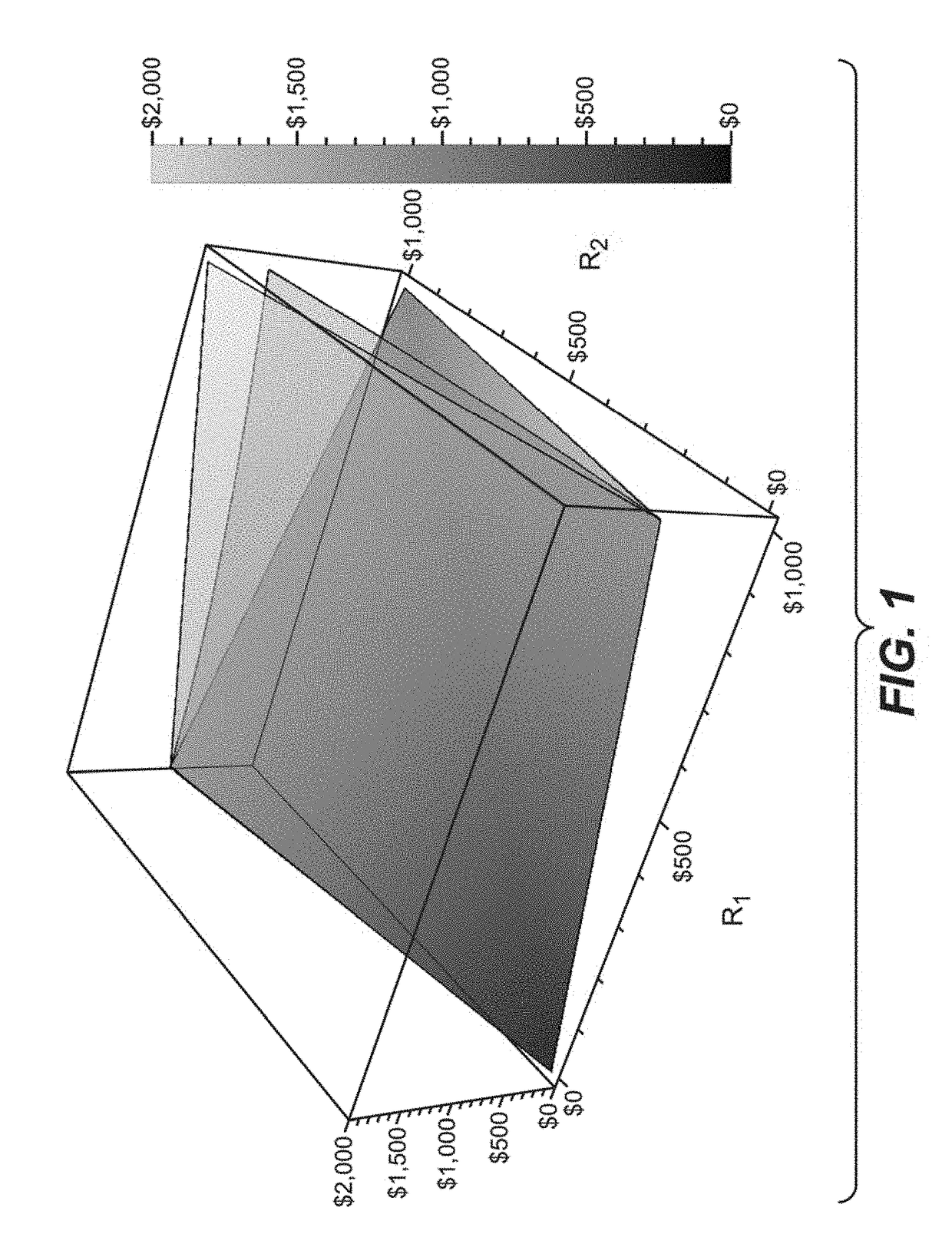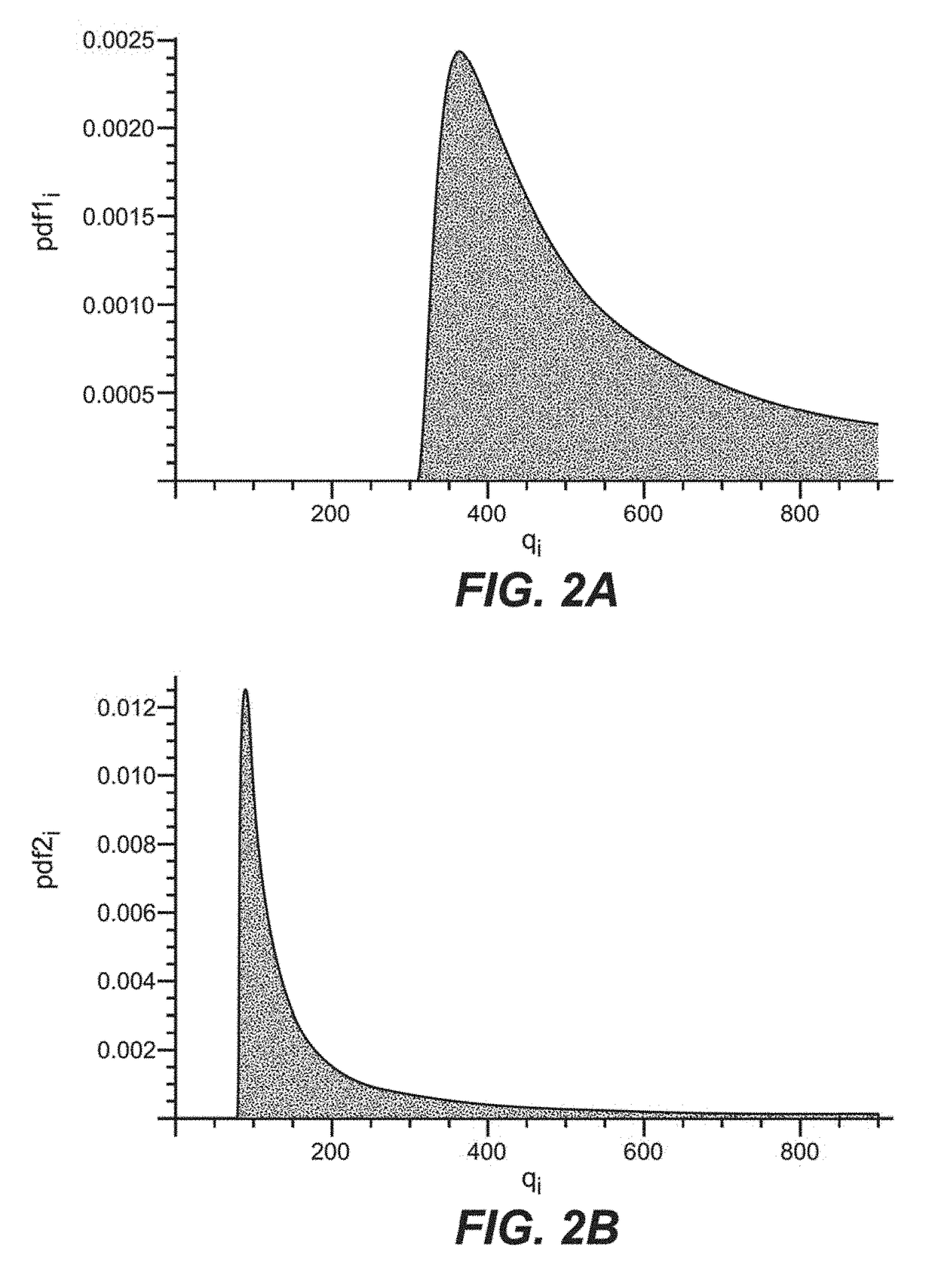Risk-link authentication for optimizing decisions of multi-factor authentications
a multi-factor authentication and risk-link technology, applied in the field of data processing, can solve the problems of reducing user usability, reducing usability, and more loss in system usability, and achieve the effect of low cos
- Summary
- Abstract
- Description
- Claims
- Application Information
AI Technical Summary
Benefits of technology
Problems solved by technology
Method used
Image
Examples
Embodiment Construction
[0091]To facilitate a complete understanding of the invention, the following terms and acronyms are used throughout the detailed description:
[0092]Client-Server. A model of interaction in a distributed system in which a program at one site sends a request to a program at another site and waits for a response. The requesting program is called the “client” and the program that responds to the request is called the “server.” In the context of the World Wide Web (discussed below), the client is a “Web browser” (or simply “browser”) which runs on a computer of a user; the program which responds to browser requests by serving Web pages, or other types of Web content, is commonly referred to as a “Web server.”
[0093]Content. A set of executable instructions that is served by a server to a client and which is intended to be executed by the client so as to provide the client with certain functionality. Web content refers to content that is meant to be executed by operation of a Web browser. W...
PUM
 Login to View More
Login to View More Abstract
Description
Claims
Application Information
 Login to View More
Login to View More - R&D
- Intellectual Property
- Life Sciences
- Materials
- Tech Scout
- Unparalleled Data Quality
- Higher Quality Content
- 60% Fewer Hallucinations
Browse by: Latest US Patents, China's latest patents, Technical Efficacy Thesaurus, Application Domain, Technology Topic, Popular Technical Reports.
© 2025 PatSnap. All rights reserved.Legal|Privacy policy|Modern Slavery Act Transparency Statement|Sitemap|About US| Contact US: help@patsnap.com



